
1749 AD: Negroes From Whydah Were The Best Slaves
Query III Why are the Negroes from the Gold Coast and Whydah the most valuable, and so necessary for the subsistence of sugar plantations? Answer “Gold Coast and Whydah Negroes are hardy, and are enured to labour in their own country; and will go to the hard work necessary in sugar plantations, as soon as they are purchased by the planters; which is not the case with other Negroes from Angola, Calabar,…
Read More “1749 AD: Negroes From Whydah Were The Best Slaves” »


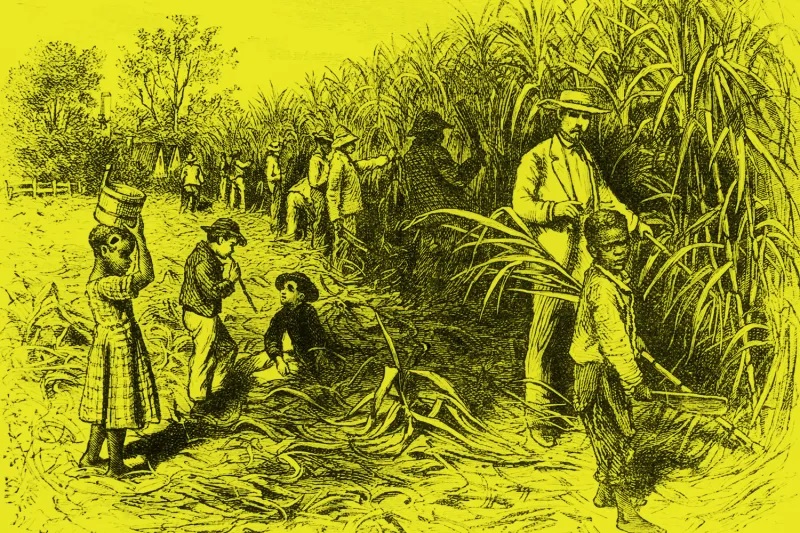
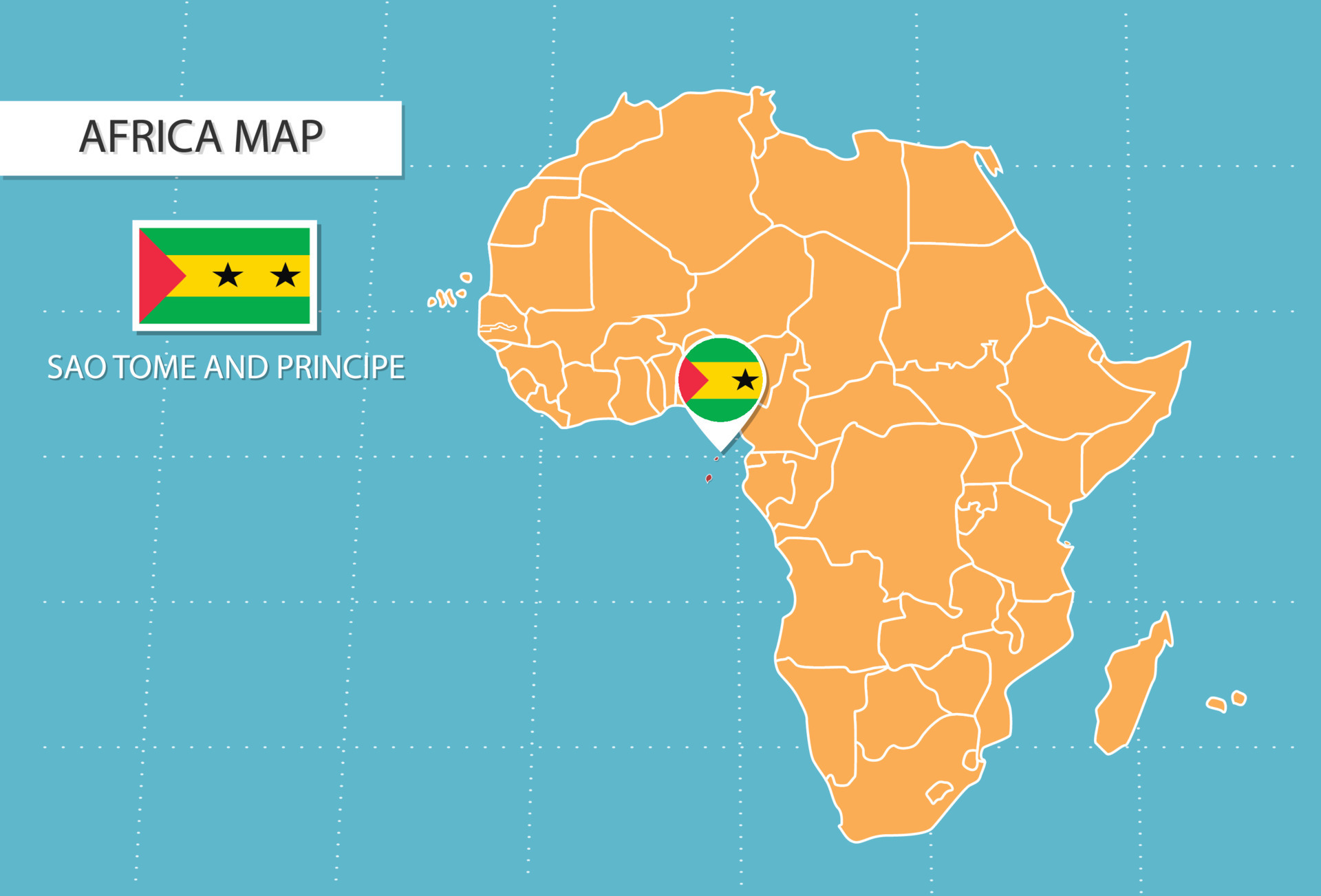

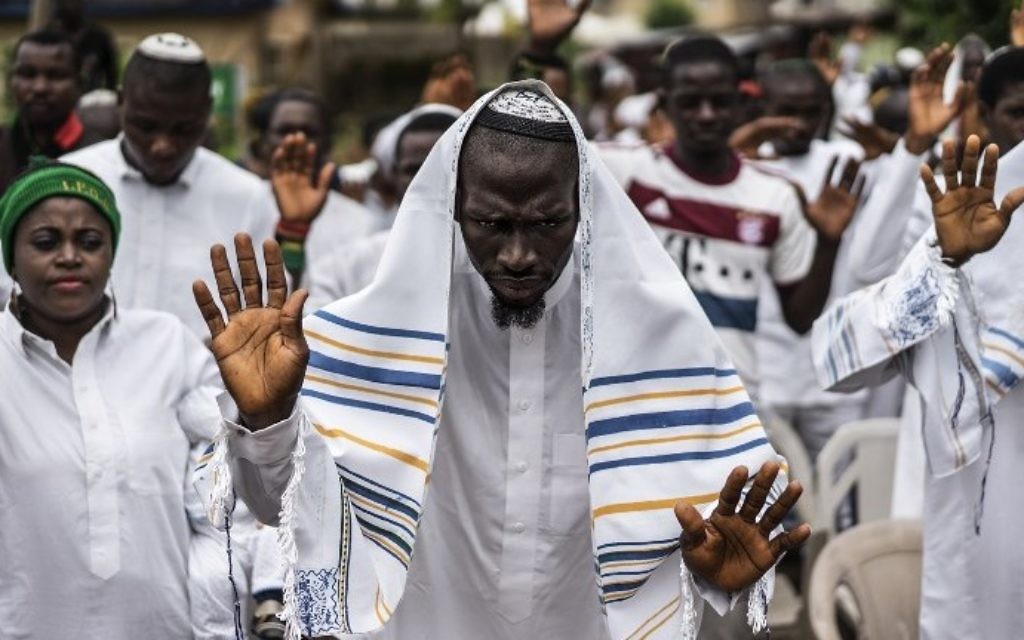
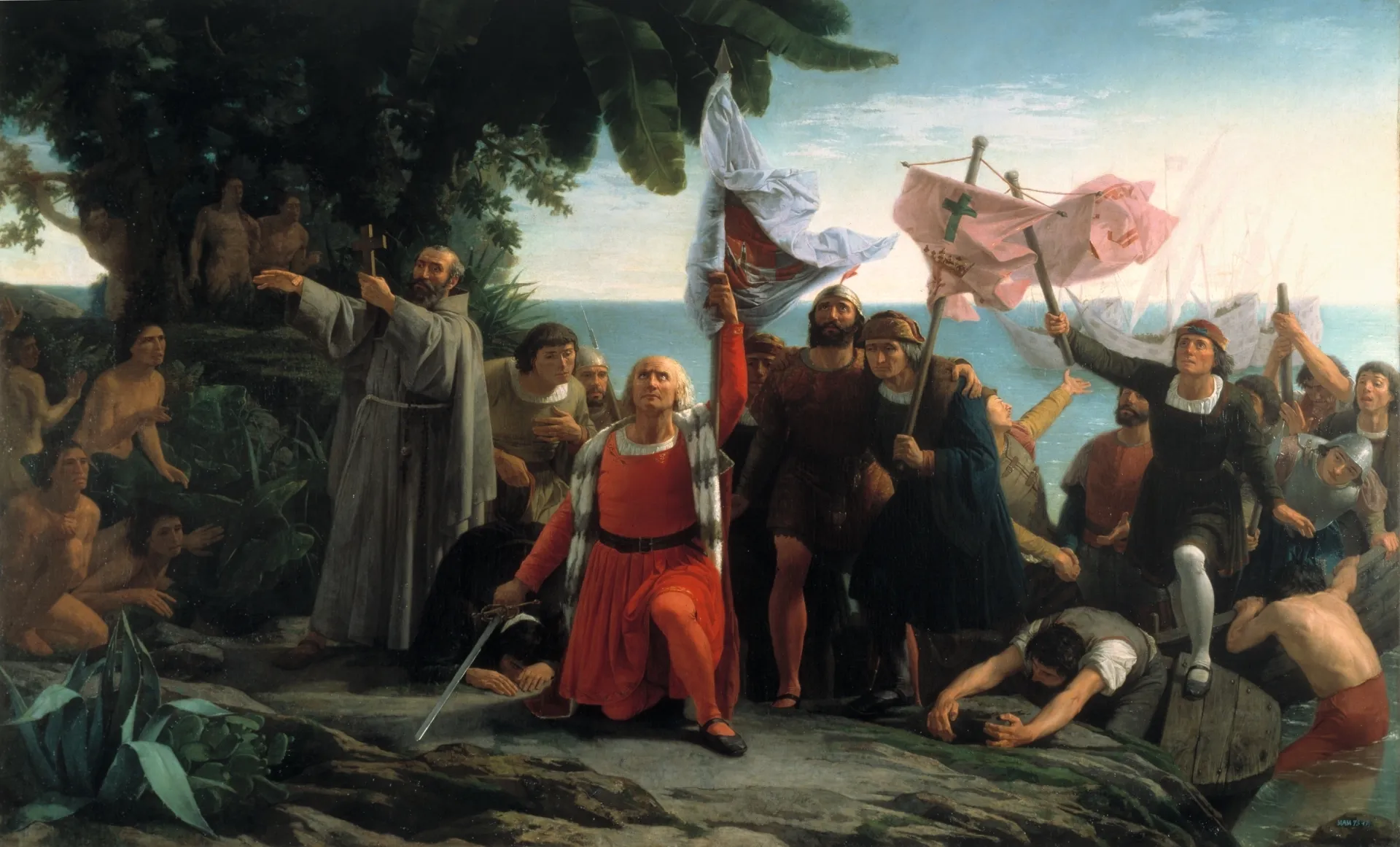
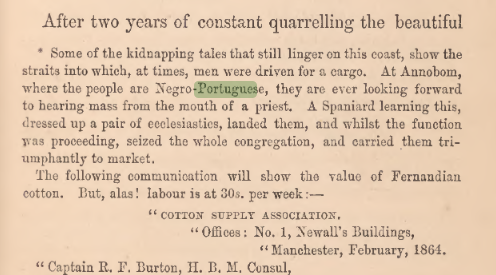
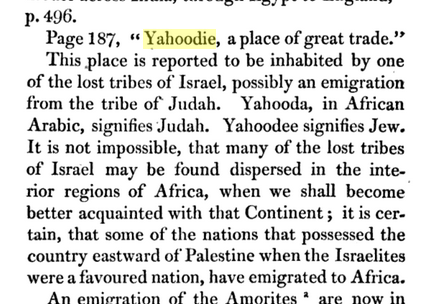
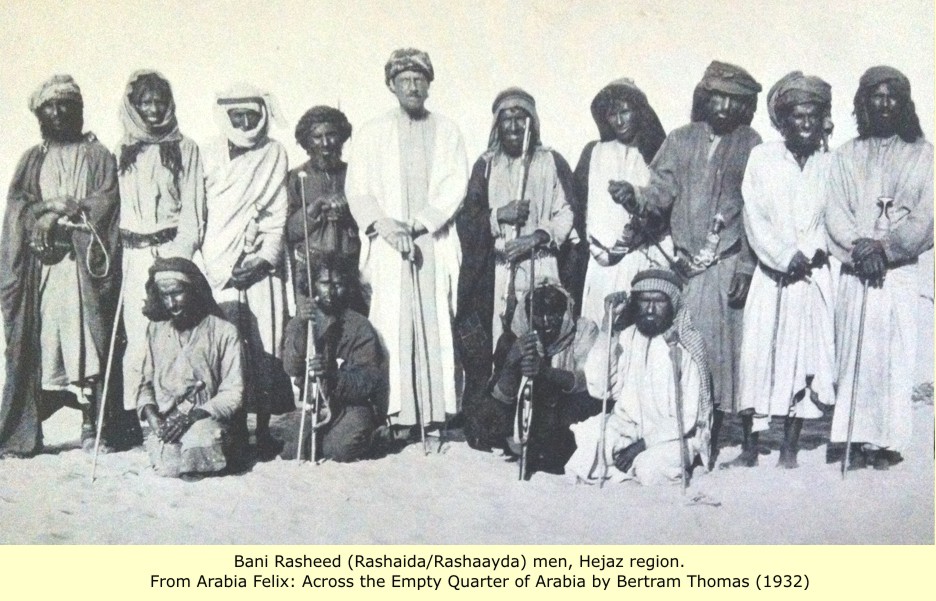
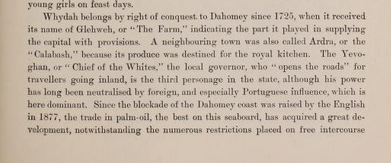
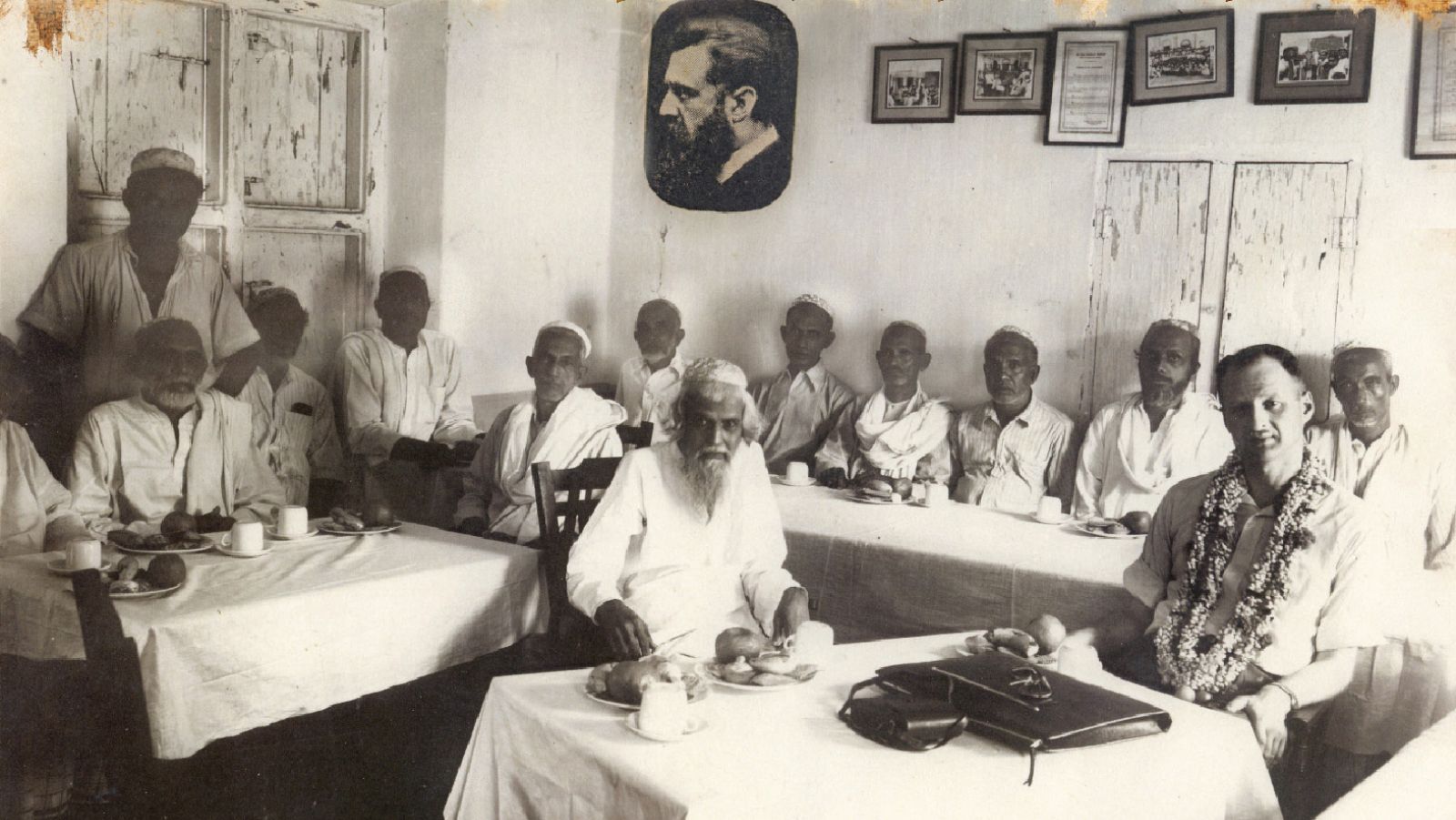
You must be logged in to post a comment.